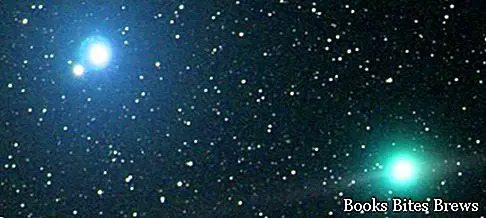Brief presentation on how the stars were formed, from what they originated, types of nebulae and processes that are activated, up to the distinction by color depending on the temperature.
Description of how the stars formed
The stars formed from clouds of gas and dust, as happened with the Sun.
Far away in space are huge clouds of gas and dust called nebulae, some of which are bright and sparkling, while other stars are continuously forming.
There are 2 types of nebulae, one type transmits light while the other does not.
In order for the birth of a star to occur, the matter must thicken, this can occur by means of a shock wave, due to the explosion of a nearby star, which causes the compression of the gases present, until the formation of a protostar.
As soon as the protostar reaches a remarkable temperature of 15 million degrees Kelvin, the fusion of hydrogen and the various nuclear reactions that ensue is triggered.
During the first period, the size of the star is unstable since both the force of gravity and the energy released by nuclear fusion act on it.
The star becomes stable in size only when a balance is reached between the two forces in play.
The temperature increases hand in hand with the decrease in the amplitude of the star, consequently changing its color.
The less hot stars are red, while those where the heat is higher take on a yellow color, such as the sun.
The even warmer stars take on a blue-white color.




